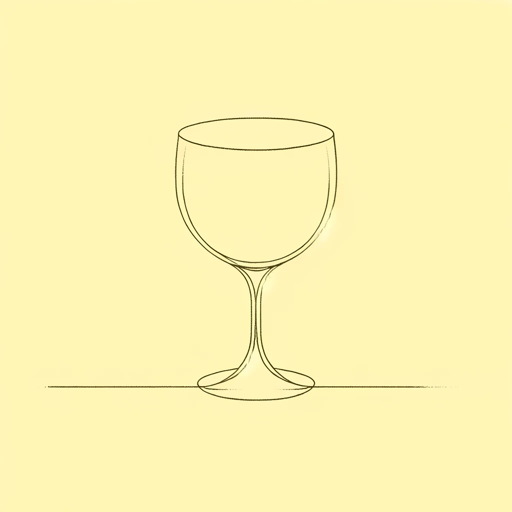49 pages • 1 hour read
PlatoSymposium
Nonfiction | Book | Adult | Published in 380A modern alternative to SparkNotes and CliffsNotes, SuperSummary offers high-quality Study Guides with detailed chapter summaries and analysis of major themes, characters, and more.
Symbols & Motifs
Sileni Sculptures
During his speech, Alcibiades compares Socrates to “those Sileni you find sitting in sculptors’ shops, the ones they make holding wind-pipes or reed-pipes, which when opened up are found to contain effigies of gods inside” as well as to the satyr Marsyas (59). Sileni are elder satyrs—creatures that are half man, half beast—and have a dual nature, being associated with brutality and ugliness but also with the god Dionysus: They are often depicted as leading initiates of Dionysus with their reed pipes.
Satyrs and Sileni symbolize the dual nature of Socrates. He is traditionally portrayed as physically unattractive but preoccupied with the search for truth and beauty. His unflinching quest can make him seem brutal, as Alcibiades accuses him of being, but Socrates also functions as a priest of the mystery rite of philosophy. Like the Sileni sculptures, Socrates’s exterior hides a divine essence inside of him that is revealed in philosophical dialogue, his “reed pipes” that lead initiates deeper into the quest for essence of wisdom and goodness.
Sirens
In his encomium for Socrates, Alcibiades states that Socrates makes him realize that, rather than immersing himself in Athenian politics, he should be trying to improve himself.
Related Titles
By Plato
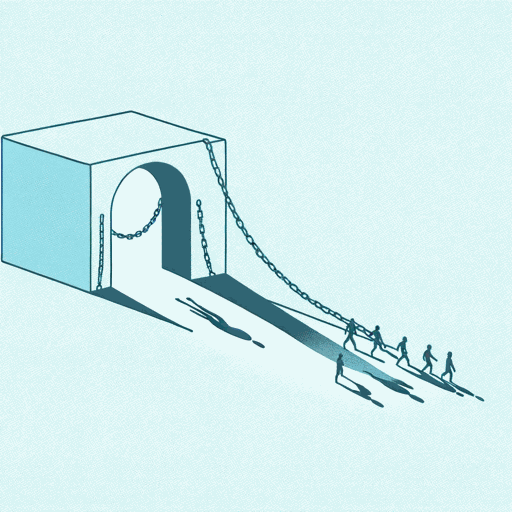
Allegory Of The Cave
Plato
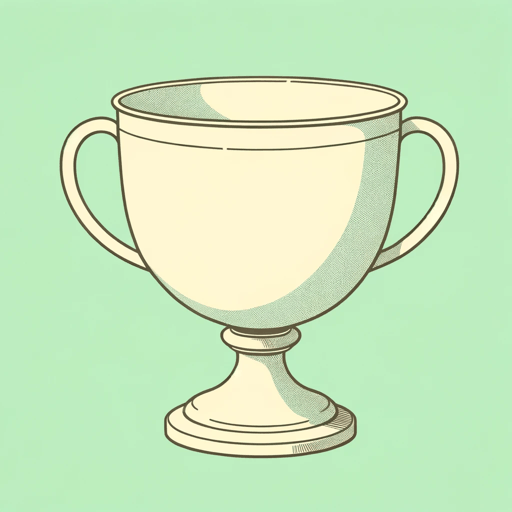
Apology
Plato
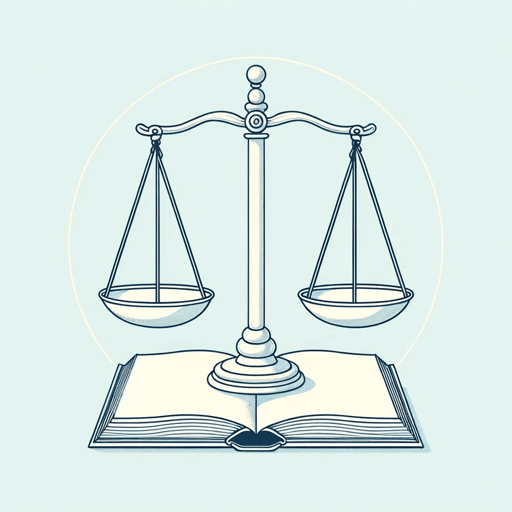
Crito
Plato
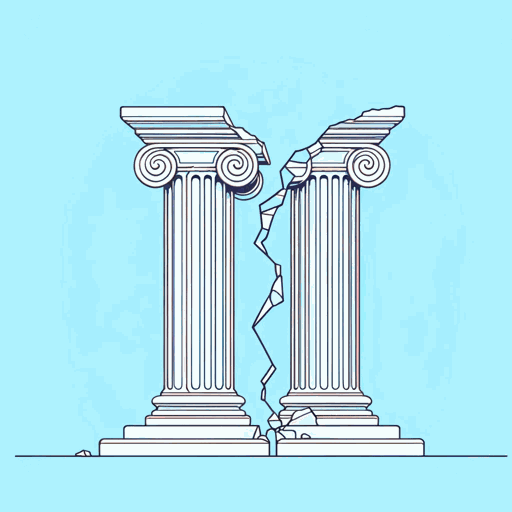
Euthyphro
Plato
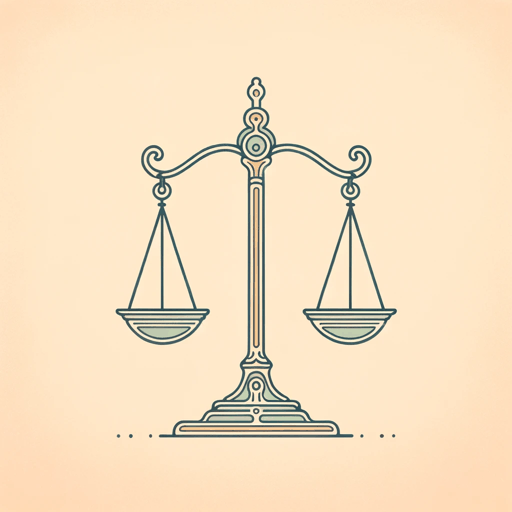
Gorgias
Plato
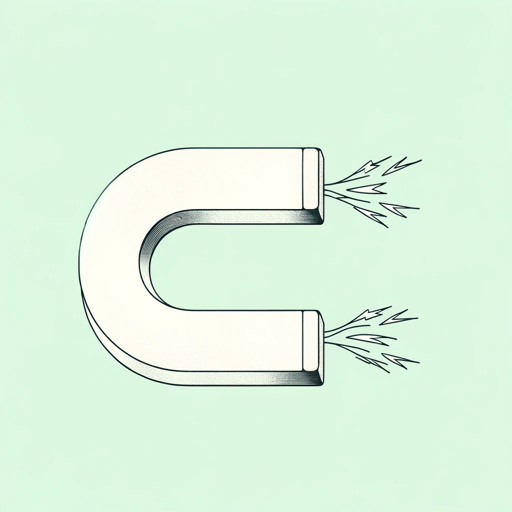
Ion
Plato

Meno
Plato
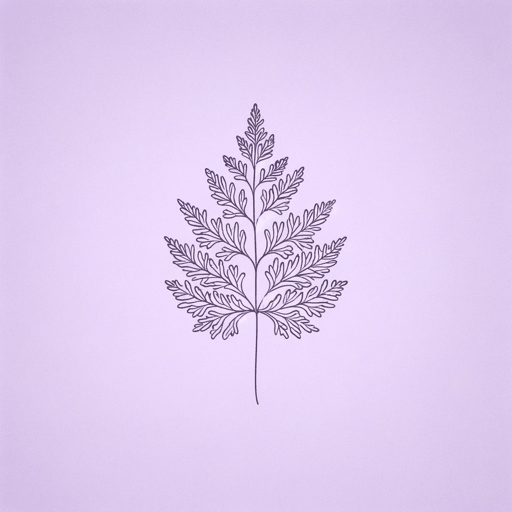
Phaedo
Plato
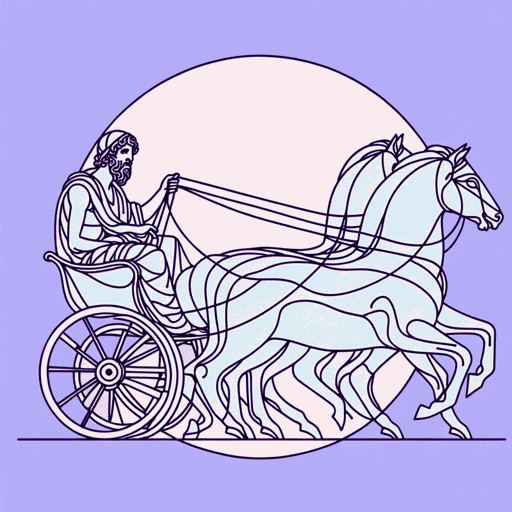
Phaedrus
Plato
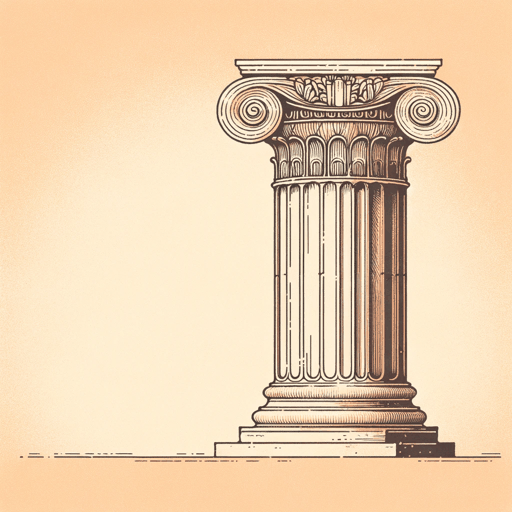
Protagoras
Plato
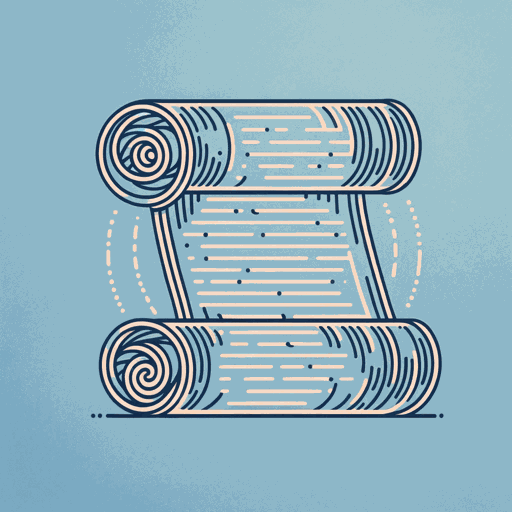
Theaetetus
Plato
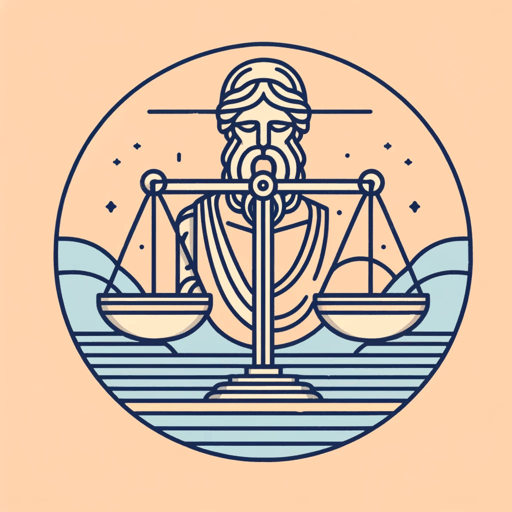
The Last Days of Socrates
Plato
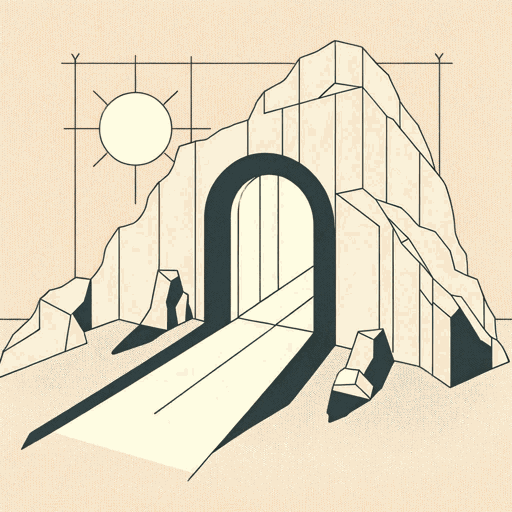
The Republic
Plato
